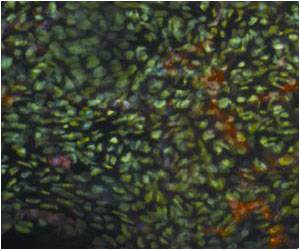
The results of long-term safety studies in mice were previously submitted to the Food and Drug Administration to gain permission for a Phase 1 clinical trial under an Investigational New Drug (IND) application. Principal investigator, Corey Cutler, MD, a Dana-Farber transplant specialist, initiated the trial in 2009 at Dana-Farber and the Massachusetts General Hospital. The IND is sponsored by Fate Therapeutics, Inc. of San Diego.
Goessling and North were post-doctoral fellows in the laboratory of co-author Leonard Zon, MD, a stem cell researcher at CHB and a scientific founder of Fate Therapeutics, when they hit upon 16,16-dimethyl PGE2 while looking for compounds that could regulate the production of hematopoietic stem cells. The initial testing made use of zebra fish models. Goessling commented that "this is the first time a compound discovered in zebra fish has received a nod from the FDA for a clinical trial."
One of the limitations of cord blood as a transplant source is the cells engraft, or "take," in the recipient's bone marrow more slowly than matched donor cells form bone marrow. In addition, there is a higher failure rate for cord blood transplants. Thus there is a need for ways to improve the speed and quality of cord blood transplantation.
Source-Eurekalert














